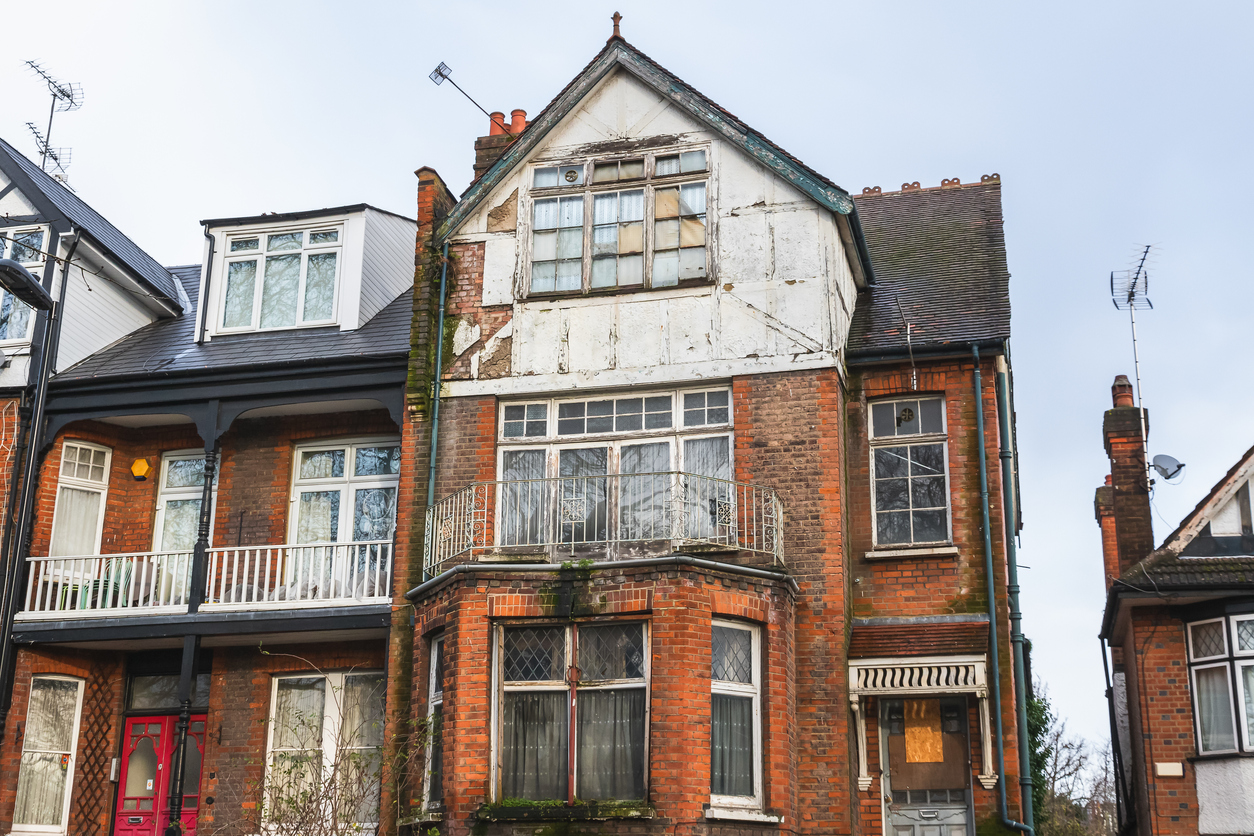



Stamp Duty Land Tax (SDLT) is a significant cost for property buyers in the UK, but there are situations where you may be eligible for a stamp duty refund—specifically, if the property you purchased was deemed uninhabitable at the time of purchase. This refund can offer substantial savings, particularly for investors and homebuyers who are taking on major renovation projects. In this guide, we’ll explore the circumstances under which you can claim a stamp duty refund on uninhabitable properties, the legal definitions of uninhabitable, and how to navigate the claims process.
Stamp Duty Land Tax (SDLT) is payable on property purchases in England and Northern Ireland, with rates depending on the purchase price and whether the property is your main residence or a second home. For additional properties, such as second homes or buy-to-let investments, an extra 3% surcharge applies.
However, if you purchase a property that is uninhabitable and needs substantial renovation to make it liveable, you may be eligible to claim back this 3% surcharge and only pay the standard rate of stamp duty.
For a property to be considered uninhabitable for stamp duty refund purposes, it must require significant repairs or renovation before it can be lived in. HMRC provides guidelines on what constitutes an uninhabitable property, but generally, a property is deemed uninhabitable if it:
Minor issues such as cosmetic repairs, outdated décor, or a need for general maintenance will not qualify a property as uninhabitable. The burden of proof lies with the buyer to demonstrate that the property met these criteria at the time of purchase.
For standard residential property purchases, stamp duty rates depend on the price of the property. However, if the property is uninhabitable and will be your main residence, you may be able to avoid the additional 3% surcharge typically applied to second homes or buy-to-let properties. This means you will only pay the standard rates of stamp duty, which can significantly reduce the tax burden.
Here are the standard SDLT rates as of 2024 (excluding the 3% surcharge):
By contrast, properties deemed habitable would be subject to an additional 3% surcharge on each of these bands if they are not your main residence.
To claim a stamp duty refund for an uninhabitable property, follow these steps:
Gather Evidence You'll need to provide evidence that the property was uninhabitable at the time of purchase. This could include:
Submit Your SDLT Return Even if you intend to claim a refund, you must initially submit an SDLT return and pay the full amount of stamp duty due, including the 3% surcharge, if applicable. This is because the burden is on the buyer to prove the property’s condition after the fact.
Apply for the Refund Once you have completed the purchase and gathered the necessary evidence, you can apply for the refund through HMRC. You'll need to submit a refund request form (available on the HMRC website) along with your evidence and original SDLT return. Refund claims must typically be made within 12 months of the filing date of the original SDLT return or within four years if there was an overpayment.
Work with Experts Navigating the stamp duty refund process can be complex, and claims may be rejected if proper evidence isn't provided. Consulting with property tax experts or a solicitor experienced in SDLT claims can help ensure you have the right documentation and advice to support your case.
Let’s say you purchase a second home for £400,000 that requires significant renovation to become habitable. Under standard SDLT rules for additional properties, you would normally pay:
Total stamp duty due: £19,500
However, if the property is deemed uninhabitable at the time of purchase and you can successfully claim the refund, you would avoid the 3% surcharge, paying only the standard SDLT rate:
Total stamp duty due after the refund: £7,500
Potential refund: £12,000
At Fraser Bond, we provide expert advice on navigating the complexities of the UK property tax system, including claiming stamp duty refunds on uninhabitable properties. Our team can help you:
Contact Fraser Bond today for professional guidance on claiming your stamp duty refund or to explore investment opportunities in properties that may qualify for tax relief due to uninhabitable conditions. Let us help you maximise your property investment while reducing your tax burden.